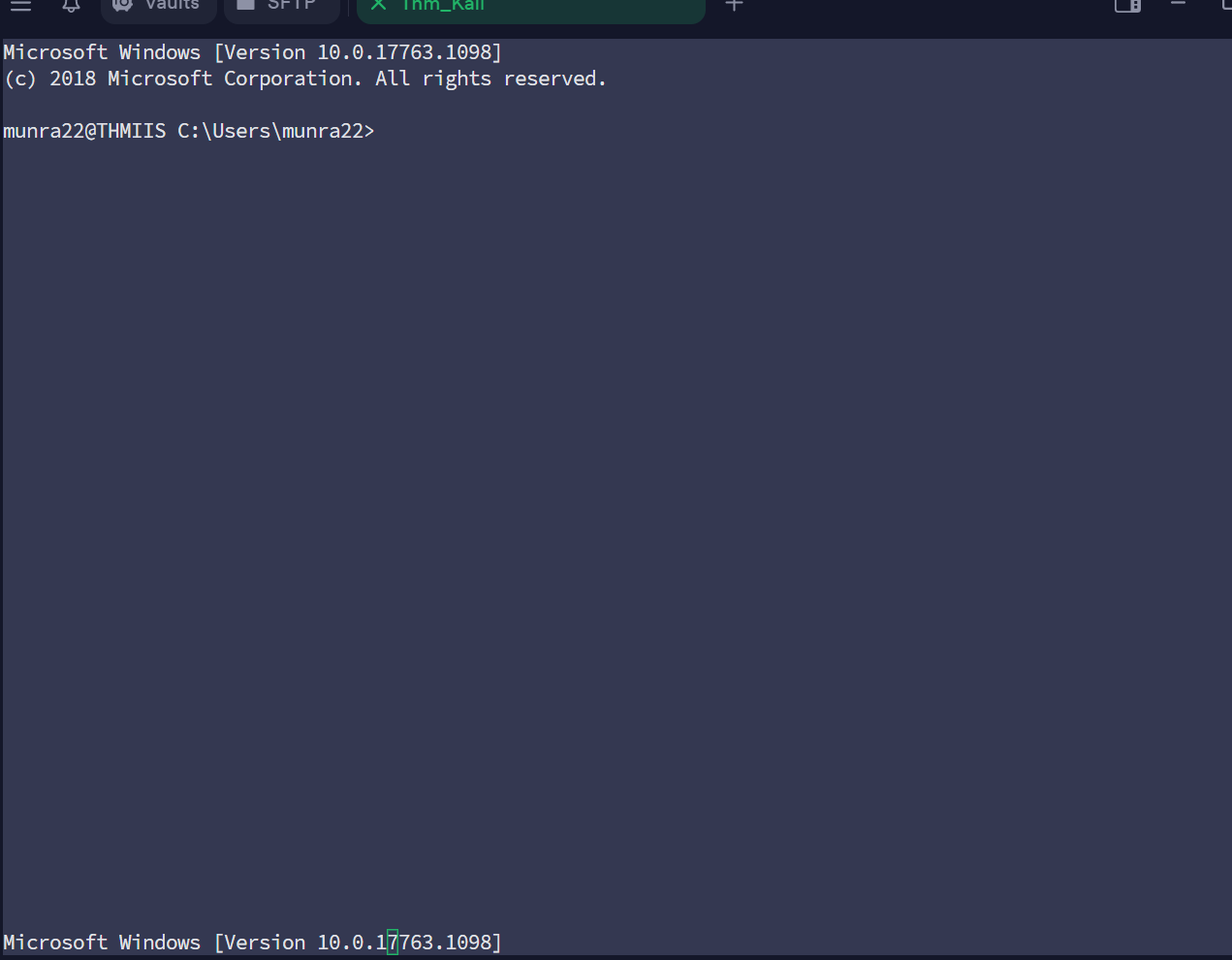CenterNet模型推理部分解析
CenterNet官方代码环境部署
CenterNet作为2019年CVPR推出的论文,论文中给出了官方代码所在的github仓库地址。https://github.com/xingyizhou/CenterNet。

整个代码的代码量并不是特别大,但整个项目的难点在于使用了老版本的pytorch<1.0与一些依赖的资源库从而导致了整个项目在启动和加载时或产生很多的错误。
GPU版本安装问题

在官方代码的Readme文件夹的下面给出了安装步骤的文件。首先文件中说明了当时使用的时python3.6版本。(不建议使用python3.6版本)
自己使用的conda激活虚拟环境后使用的是3.8版本。
对出错的部分没有进行截图,因此只是简单的进行一定的陈述。
- 错误一:使用pip来安装CUDA的pytorch版本,我在安装的时候发现,如果使用pip来安装torch会安装的是torch+cu这种版本。而使用conda安装的话会安装一些CUDA相关的依赖

而在安装dcnv2的过程中需要CUDA相关库的支持。所以pytorch要使用conda来进行安装。 (最好之间安装Gpu的版本)
gpu.c相关文件也需要编译而且容易报错。
- DCNV2文件对torch版本的不支持,(自己当时使用git切换conda的虚拟环境安装.make.sh文件时候报错)需要使用最新的DCNV2库,卸载之后重新安装替代。

- 踩坑的地方在启动setup.py文件之后,可能会产生两个错误,第一个是因为缺少c++的编译环境,缺少支持库的错误。第二个是说c++库的版本过高不支持
网上查的原因是因为CUDA更新比较慢,而vistual Studio的更新过快。我自己将2022的版本降为2019年的启动成功。
- 一定要下载nvcc完全对应的版本,我自己的是12.1但当时安装习惯安装的是11.8nvcc会报错

总结:我个人使用的是pytorch2.3.0的版本来进行安装的,如果安装过程中出现错误,可以联系博主简单交流。
模型推理部分代码
检测部分的启动参数示例
ctdet
–demo
…/images/17790319373_bd19b24cfc_k.jpg
–load_model
…/models/ctdet_coco_dla_2x.pth
启动部分会产生一个模型下载失败的错误,将模型自己手动的下载到C盘的cache->torch…文件下面即可以启动模型成功。
自己断点调试,报错的一部分主要是网络错误,作用是加载预训练的一部分权重数据。

和Yolo一样也是可以检测视频文件的。
断点调试分析

推理过程整体的执行流程图与代码

def demo(opt):
os.environ['CUDA_VISIBLE_DEVICES'] = opt.gpus_str #指定GPU对哪些环境变量可用
opt.debug = max(opt.debug, 1) # 设置debug属性便于进行调试
Detector = detector_factory[opt.task]
detector = Detector(opt)
if opt.demo == 'webcam' or \
opt.demo[opt.demo.rfind('.') + 1:].lower() in video_ext:
cam = cv2.VideoCapture(0 if opt.demo == 'webcam' else opt.demo)
detector.pause = False
while True:
_, img = cam.read()
cv2.imshow('input', img)
ret = detector.run(img)
time_str = ''
for stat in time_stats:
time_str = time_str + '{} {:.3f}s |'.format(stat, ret[stat])
print(time_str)
if cv2.waitKey(1) == 27:
return # esc to quit
else:
if os.path.isdir(opt.demo): # 如果参数中的待检测数据是文件夹
image_names = []
ls = os.listdir(opt.demo)
for file_name in sorted(ls):
ext = file_name[file_name.rfind('.') + 1:].lower()
if ext in image_ext:
image_names.append(os.path.join(opt.demo, file_name))
else: # 普通文件
image_names = [opt.demo] #获取文件名
for (image_name) in image_names:
ret = detector.run(image_name) # 通过检测网络执行推理(核心)
time_str = ''
for stat in time_stats:
time_str = time_str + '{} {:.3f}s |'.format(stat, ret[stat])
print(time_str)
核心推理函数的细化分析

run()函数整体的部分
def run(self, image_or_path_or_tensor, meta=None):
load_time, pre_time, net_time, dec_time, post_time = 0, 0, 0, 0, 0 #时间变量初始化
merge_time, tot_time = 0, 0
debugger = Debugger(dataset=self.opt.dataset, ipynb=(self.opt.debug==3), # Debugger便于调试与错误诊断
theme=self.opt.debugger_theme)
start_time = time.time()
pre_processed = False
if isinstance(image_or_path_or_tensor, np.ndarray):
image = image_or_path_or_tensor
elif type(image_or_path_or_tensor) == type (''):
image = cv2.imread(image_or_path_or_tensor) # 通过opencv读取图片
else:
image = image_or_path_or_tensor['image'][0].numpy()
pre_processed_images = image_or_path_or_tensor
pre_processed = True
loaded_time = time.time()
load_time += (loaded_time - start_time)
detections = [] # 检测列表
for scale in self.scales:
scale_start_time = time.time()
if not pre_processed:
images, meta = self.pre_process(image, scale, meta) # 执行图片的预处理
else:
# import pdb; pdb.set_trace()
images = pre_processed_images['images'][scale][0]
meta = pre_processed_images['meta'][scale]
meta = {k: v.numpy()[0] for k, v in meta.items()}
images = images.to(self.opt.device) # 将image张量移动到GPU上
torch.cuda.synchronize() # 确保CUDA操作完成
pre_process_time = time.time()
pre_time += pre_process_time - scale_start_time
output, dets, forward_time = self.process(images, return_time=True)
torch.cuda.synchronize()
net_time += forward_time - pre_process_time # 根据之前的函数计算出推理解码等一系列的时间
decode_time = time.time()
dec_time += decode_time - forward_time
if self.opt.debug >= 2:
self.debug(debugger, images, dets, output, scale)
dets = self.post_process(dets, meta, scale) # 执行后处理的过程(得到80个类别的列表信息部分含有数据)
torch.cuda.synchronize()
post_process_time = time.time()
post_time += post_process_time - decode_time # 计算后处理时间
detections.append(dets)
results = self.merge_outputs(detections)
torch.cuda.synchronize()
end_time = time.time()
merge_time += end_time - post_process_time
tot_time += end_time - start_time
if self.opt.debug >= 1:
self.show_results(debugger, image, results) # 调用opencv函数显示结果
return {'results': results, 'tot': tot_time, 'load': load_time, # 放入所有的信息进行返回
'pre': pre_time, 'net': net_time, 'dec': dec_time,
'post': post_time, 'merge': merge_time}
预处理函数的执行部分
def pre_process(self, image, scale, meta=None):
height, width = image.shape[0:2]
new_height = int(height * scale)
new_width = int(width * scale)
if self.opt.fix_res: # 转为输入大小512 x 512
inp_height, inp_width = self.opt.input_h, self.opt.input_w
c = np.array([new_width / 2., new_height / 2.], dtype=np.float32)
s = max(height, width) * 1.0
else:
inp_height = (new_height | self.opt.pad) + 1
inp_width = (new_width | self.opt.pad) + 1
c = np.array([new_width // 2, new_height // 2], dtype=np.float32)
s = np.array([inp_width, inp_height], dtype=np.float32)
trans_input = get_affine_transform(c, s, 0, [inp_width, inp_height])# 获取仿射变换矩阵
resized_image = cv2.resize(image, (new_width, new_height))# 读取图片裁剪
inp_image = cv2.warpAffine(
resized_image, trans_input, (inp_width, inp_height),
flags=cv2.INTER_LINEAR) # 应用之前的仿射矩阵进行仿射变换
inp_image = ((inp_image / 255. - self.mean) / self.std).astype(np.float32) # 归一化处理
images = inp_image.transpose(2, 0, 1).reshape(1, 3, inp_height, inp_width)
if self.opt.flip_test:
images = np.concatenate((images, images[:, :, :, ::-1]), axis=0)
images = torch.from_numpy(images) # 转为张量的格式
meta = {'c': c, 's': s,
'out_height': inp_height // self.opt.down_ratio, # opt.down_ratio:下采样倍率
'out_width': inp_width // self.opt.down_ratio} # 储存c:中心点坐标 s:缩放因子
return images, meta # 128x128(下采样4倍的特征图)
解码扩增部分对应的代码信息
def ctdet_decode(heat, wh, reg=None, cat_spec_wh=False, K=100):
batch, cat, height, width = heat.size() # cat:表示类别的数目
# heat = torch.sigmoid(heat)
# perform nms on heatmaps
heat = _nms(heat) # maxpooling(3x3)类似nms算法
# scores:得分最高的 K 个点的得分。
# inds:得分最高的 K 个点的索引。
# clses:得分最高的 K 个点对应的类别。
# ys:得分最高的 K 个点的 y 坐标。
# xs:得分最高的 K 个点的 x 坐标。
scores, inds, clses, ys, xs = _topk(heat, K=K) # 在热力图 heat 上执行 Top-K 操作提取最高 K 个得分的点提取最高 K 个得分的点
if reg is not None: # 位置微调的过程
reg = _transpose_and_gather_feat(reg, inds) # 将回归参数 reg 按照 inds(Top-K 操作返回的索引)重新排列,以便收集与 Top-K 操作选择的热力图位置相对应的回归参数
reg = reg.view(batch, K, 2) # 收集到的回归参数 reg 调整为形状 [batch, K, 2] 的张量,其中 batch 是批次大小,K 是 Top-K 操作选择的点的数量,2 表示每个点的两个回归参数(通常是一个点的 x 和 y 方向的偏移量)
xs = xs.view(batch, K, 1) + reg[:, :, 0:1] # x坐标与回归偏移量的坐标相加
ys = ys.view(batch, K, 1) + reg[:, :, 1:2]
else:
xs = xs.view(batch, K, 1) + 0.5
ys = ys.view(batch, K, 1) + 0.5
wh = _transpose_and_gather_feat(wh, inds) # 特征图的维度从 [batch, num_anchors, height, width] 转换为 [batch, K, num_anchors]
if cat_spec_wh: # 是否每个类别有特定的宽度和高度预测
wh = wh.view(batch, K, cat, 2) # wh 张量的形状调整为 [batch, K, num_classes, 2]
clses_ind = clses.view(batch, K, 1, 1).expand(batch, K, 1, 2).long() # 创建一个索引张量,用于从 wh 中收集特定类别的宽度和高度
wh = wh.gather(2, clses_ind).view(batch, K, 2) # 得到结果值
else:
wh = wh.view(batch, K, 2)
clses = clses.view(batch, K, 1).float()
scores = scores.view(batch, K, 1)
bboxes = torch.cat([xs - wh[..., 0:1] / 2, # torch.cat 函数将四个坐标点(左上角和右下角)拼接成一个检测框的坐标张量
ys - wh[..., 1:2] / 2,
xs + wh[..., 0:1] / 2, # xs + wh[..., 0:1] / 2 和 ys + wh[..., 1:2] / 2:计算右下角的坐标。
ys + wh[..., 1:2] / 2], dim=2) # xs - wh[..., 0:1] / 2 和 ys - wh[..., 1:2] / 2:计算左上角的坐标。
detections = torch.cat([bboxes, scores, clses], dim=2)
return detections # 连接之后返回检测框结果(论文中提到的扩增的过程)
后处理函数的执行部分
def post_process(self, dets, meta, scale=1):
dets = dets.detach().cpu().numpy() # 转为numpy格式进入cpu进行计算
dets = dets.reshape(1, -1, dets.shape[2])
dets = ctdet_post_process( # 尺度变换、坐标转换、非极大值抑制(NMS) 传入的meta['c']中心点 meta['s']缩放尺度
dets.copy(), [meta['c']], [meta['s']],
meta['out_height'], meta['out_width'], self.opt.num_classes)
for j in range(1, self.num_classes + 1): # 后处理转换类型
dets[0][j] = np.array(dets[0][j], dtype=np.float32).reshape(-1, 5)
dets[0][j][:, :4] /= scale
return dets[0]
剩余的部分函数不在进行说明了,但模型推理代码的复现流程主要还是需要按照我自己绘制的流程图进行debug



















